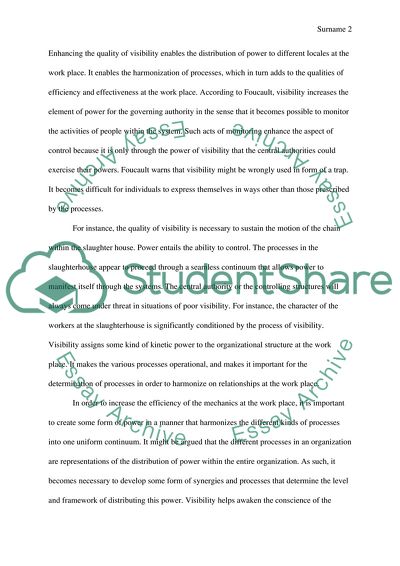Cite this document
(Every Twelve Seconds - Industrialized Slaughter and the Politics of Sight by Pachirat Book Report/Review Example | Topics and Well Written Essays - 1250 words, n.d.)
Every Twelve Seconds - Industrialized Slaughter and the Politics of Sight by Pachirat Book Report/Review Example | Topics and Well Written Essays - 1250 words. https://studentshare.org/ethics/1782577-every-twelve-seconds
Every Twelve Seconds - Industrialized Slaughter and the Politics of Sight by Pachirat Book Report/Review Example | Topics and Well Written Essays - 1250 words. https://studentshare.org/ethics/1782577-every-twelve-seconds
(Every Twelve Seconds - Industrialized Slaughter and the Politics of Sight by Pachirat Book Report/Review Example | Topics and Well Written Essays - 1250 Words)
Every Twelve Seconds - Industrialized Slaughter and the Politics of Sight by Pachirat Book Report/Review Example | Topics and Well Written Essays - 1250 Words. https://studentshare.org/ethics/1782577-every-twelve-seconds.
Every Twelve Seconds - Industrialized Slaughter and the Politics of Sight by Pachirat Book Report/Review Example | Topics and Well Written Essays - 1250 Words. https://studentshare.org/ethics/1782577-every-twelve-seconds.
“Every Twelve Seconds - Industrialized Slaughter and the Politics of Sight by Pachirat Book Report/Review Example | Topics and Well Written Essays - 1250 Words”. https://studentshare.org/ethics/1782577-every-twelve-seconds.


